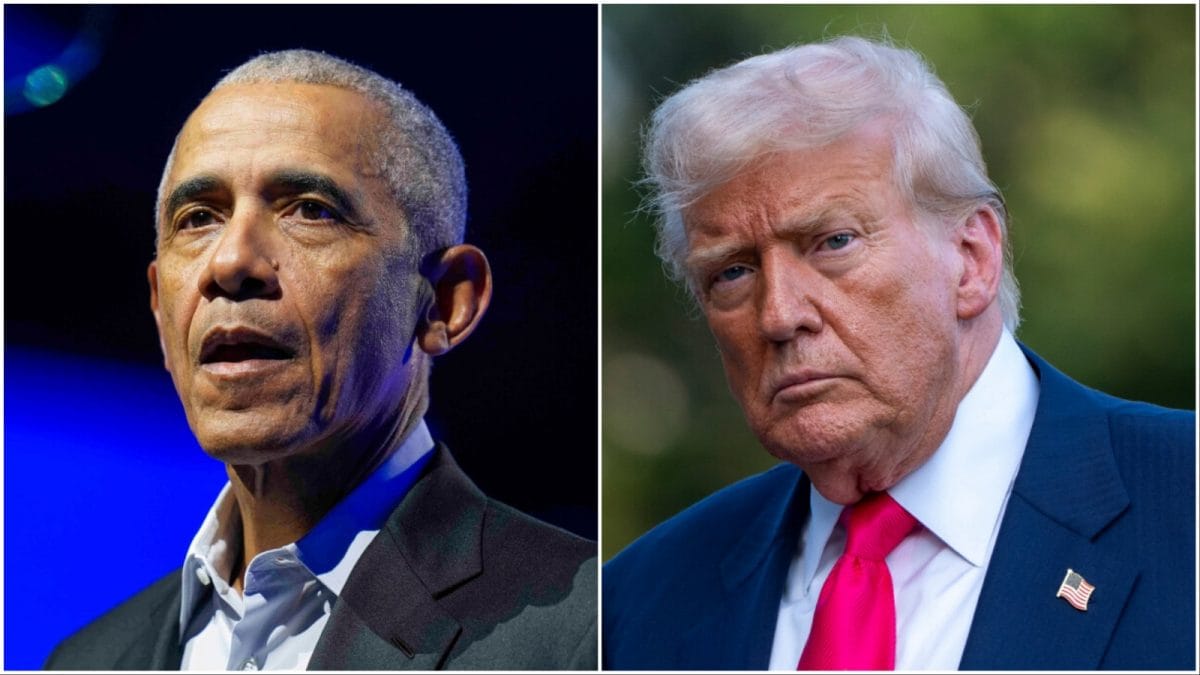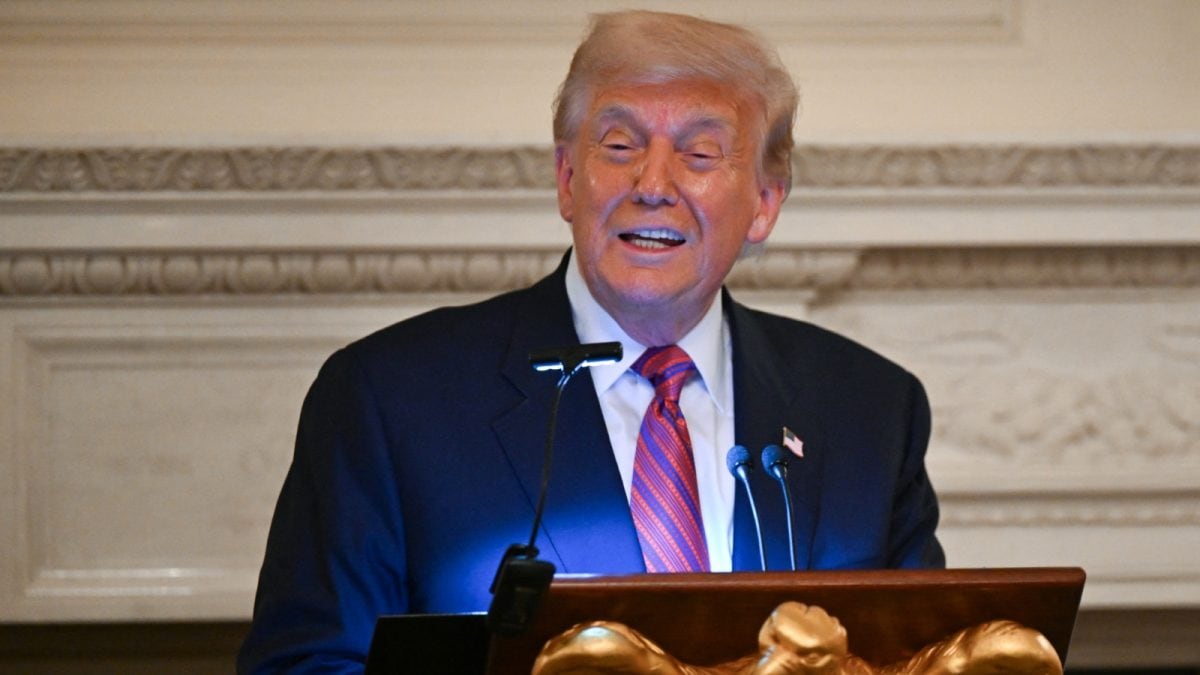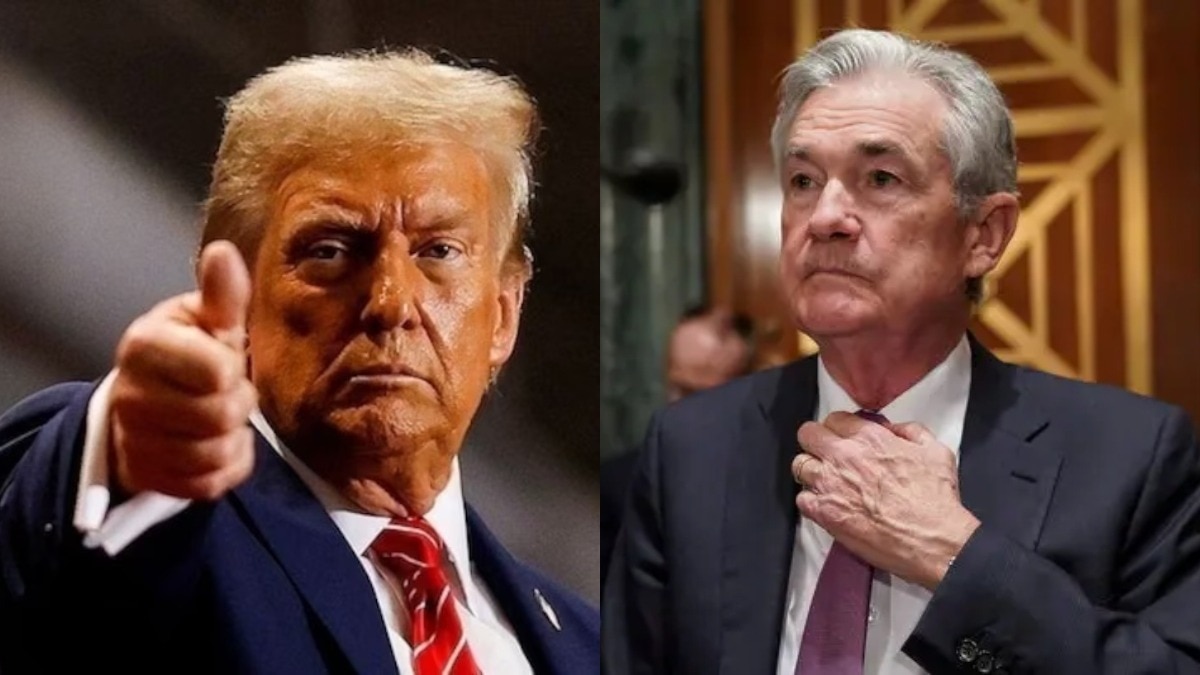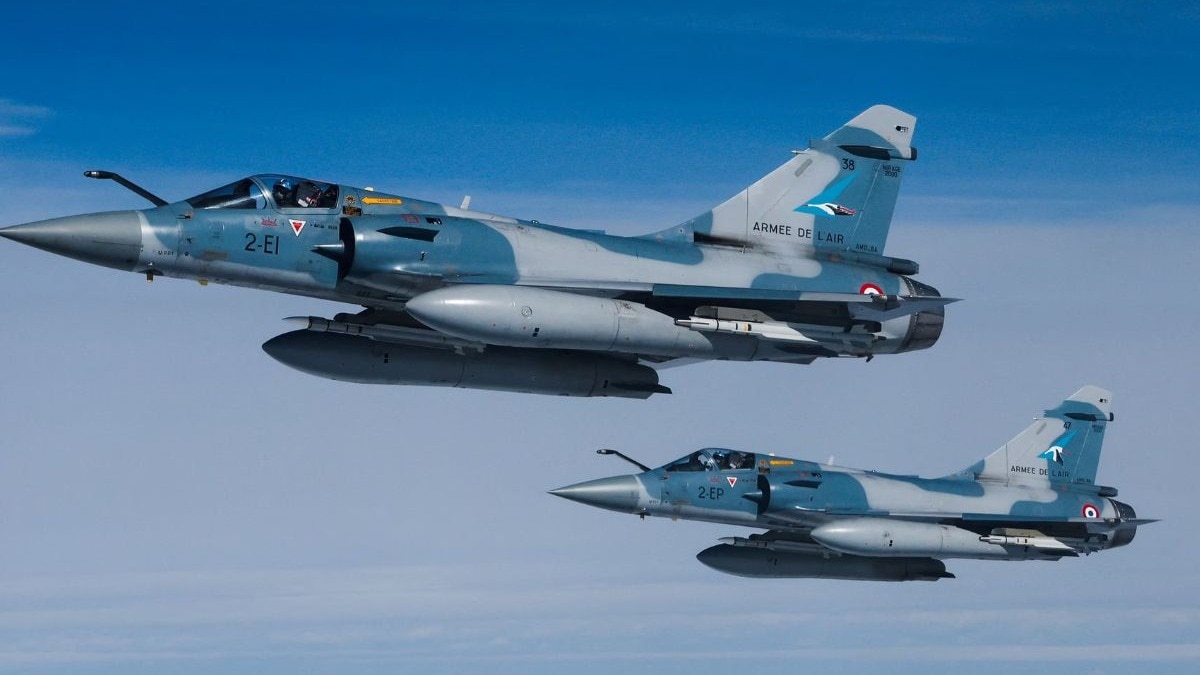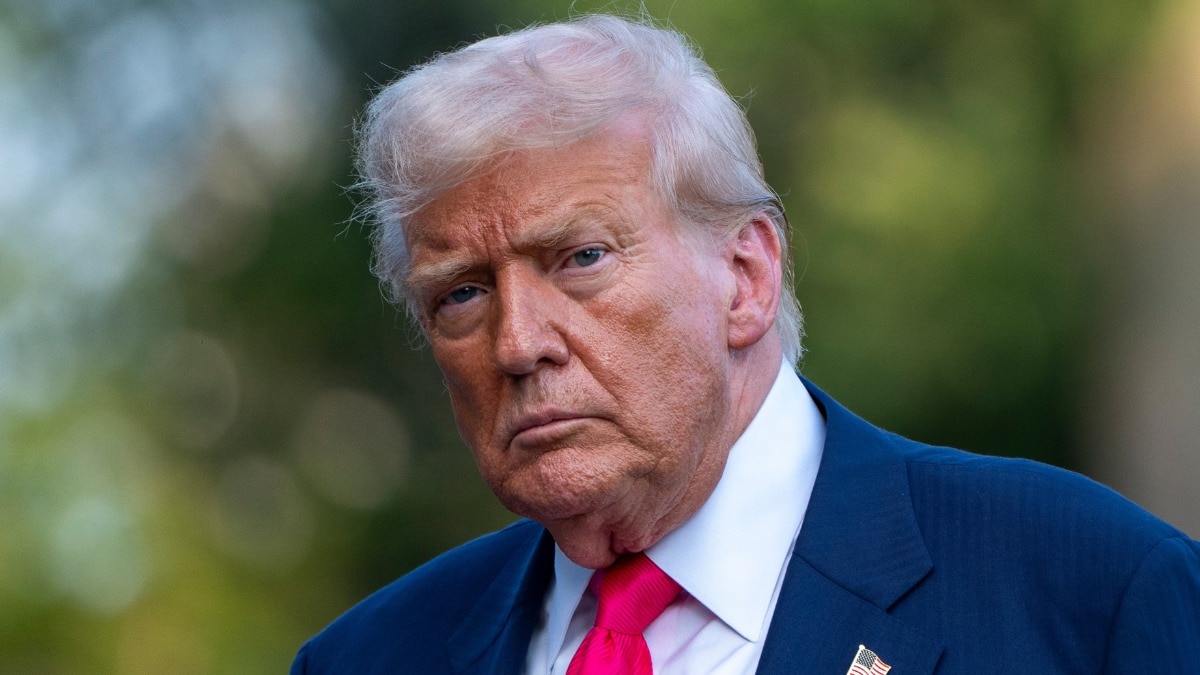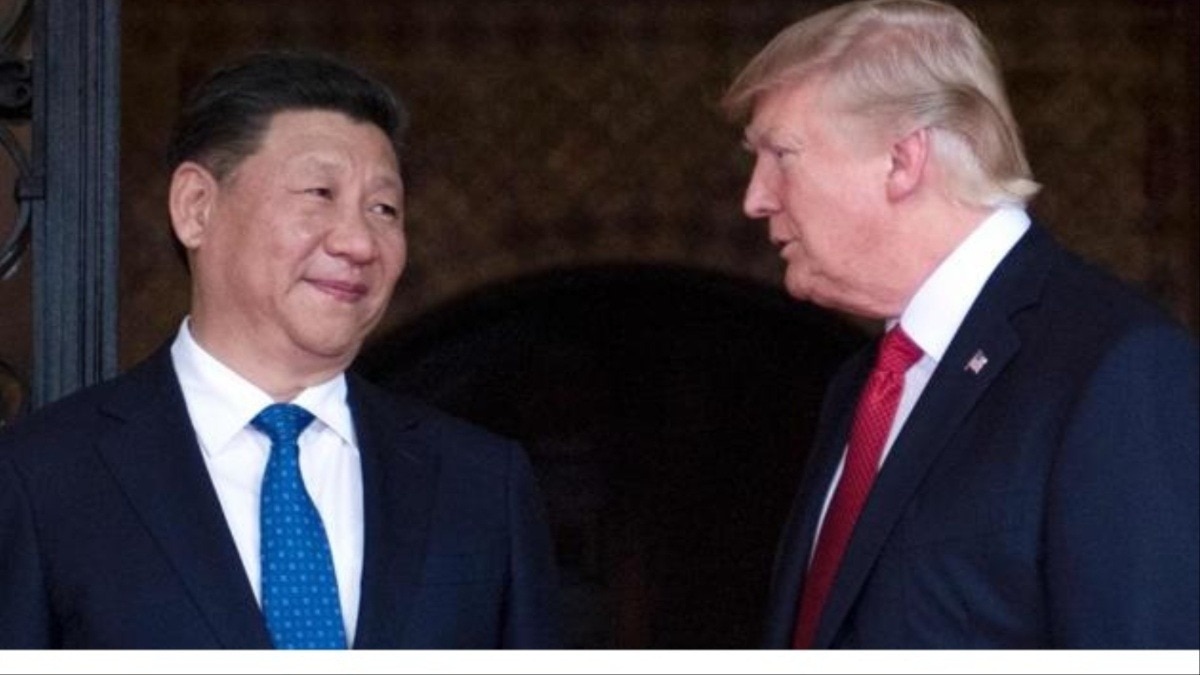From Alphonso mangoes to millet-powered luncheons, India isn't just feeding the world, it's charming it. Welcome to the age of gastrodiplomacy, where biryani can build bridges and a humble grain like bajra becomes a climate warrior.
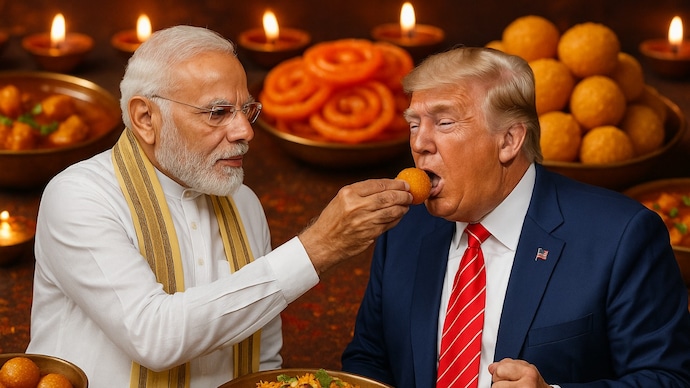
How India’s Cuisine Became a Powerful Tool of Global Diplomacy and Influence (AI generated)
From Alphonso mangoes to millet-powered luncheons, India isn’t just feeding the world, it’s charming it. Welcome to the age of gastrodiplomacy, where biryani can build bridges and a humble grain like bajra becomes a climate warrior. India’s foreign policy isn’t just shaped in war rooms or think tanks—it’s simmering in kitchens and served on silver platters.
Food diplomacy, or as some call it, “gastrodiplomacy,” is the delicious art of using cuisine to influence international relations. And India’s taking that art seriously. From ancient Mughal feasts to modern-day millet summits, food has long been India’s unspoken ambassador. Now, it’s being spoken of louder than ever.
Take mangoes, for instance. Not just any mangoes, India’s world-renowned Alphonsos. In 2007, they starred in what came to be known as the “nuclear mango deal,” where the U.S. lifted a longstanding ban on Indian mango imports in tandem with broader nuclear negotiations. Mangoes became more than dessert; they symbolised a soft-power breakthrough. But in 2025, that sweet story soured. The U.S. rejected 25 tonnes of Indian mangoes over minor paperwork issues. The fruit was destroyed, costing exporters $500,000 and bruising bilateral ties. Diplomacy by mango had suddenly turned to mush.
Undeterred, India doubled down—not on mangoes, but millets. Declaring 2025 the Year of Millets at the United Nations, India transformed these hardy grains from village staples into climate champions. At the G20, Prime Minister Modi served millet-centric menus to world leaders, blending sustainability with strategy. Millets were rebranded not just as health foods but as geopolitical statements. In a world worried about water scarcity and food security, India positioned itself as both solution and supplier.
This culinary campaign reached new heights at World Food India 2025 in New Delhi. More than a food expo, it was India’s gastronomic G20. CEOs, diplomats, chefs, and investors converged not just to taste but to trade. Alongside it, India Food 2025 showcased the country’s food tech innovations—think blockchain-tracked basmati, AI-tested paneer, and IoT-enabled ghee production. Because in global food markets, it’s not just about flavour. It’s about safety, traceability, and digital trust.
Still, India’s gastrodiplomacy isn’t just about commerce it’s also about culture. Dosa is now a breakfast regular in Nairobi. Masala chai is Instagram’s new comfort drink. Embassy dinners are less about policy papers and more about paneer platters. India’s cuisine has become a tool of soft power, building goodwill in places where negotiations fall flat.
But the path isn’t without potholes. India’s vast food ecosystem struggles with standardisation. Bureaucratic delays and inconsistent farming practices can still sabotage a great dish—or a great deal. And globally, the food diplomacy game is crowded: Italy has pasta, Mexico has avocados, Thailand has curry. India must keep innovating, digitising, and diversifying its plate to stay competitive.
Yet, in a world where hard diplomacy often ends in deadlock, India’s culinary strategy is cooking up trust, culture, and cooperation. It’s proving that you don’t always need a summit or a sanction to make a statement. Sometimes, you just need a good thali.
So, the next time someone asks how India plans to sway the global order, you’ll know the answer: with bajra, biryani, and a side of strategic spice.
- Ends
Published By:
indiatodayglobal
Published On:
Jul 22, 2025

 11 hours ago
11 hours ago



